We spent a comfortable night at Eva’s and chatted over breakfast. In many ways she is quite a remarkable woman, deeply religious and extremely hardworking. Left with two children and an unprofitable small farm she turned the farmhouse into a B&B, living in a small area in the back. Over the years she concentrated on educating her children (both graduated from University, one in Electrical Engineering and one in Psychiatry) and then she started developing holiday cottages on her land. She now has two, her son has a house and so does her daughter and she rents them all out as well as running her extremely popular and well patronized B&B.
After breakfast we headed for Waterford and for the House of Waterford for a tour of their factory and to have a look at their showroom. This is the factory that they do all the bespoke pieces for trophies and commissions, among them the trophy for the Ashes, the Masters and American football.
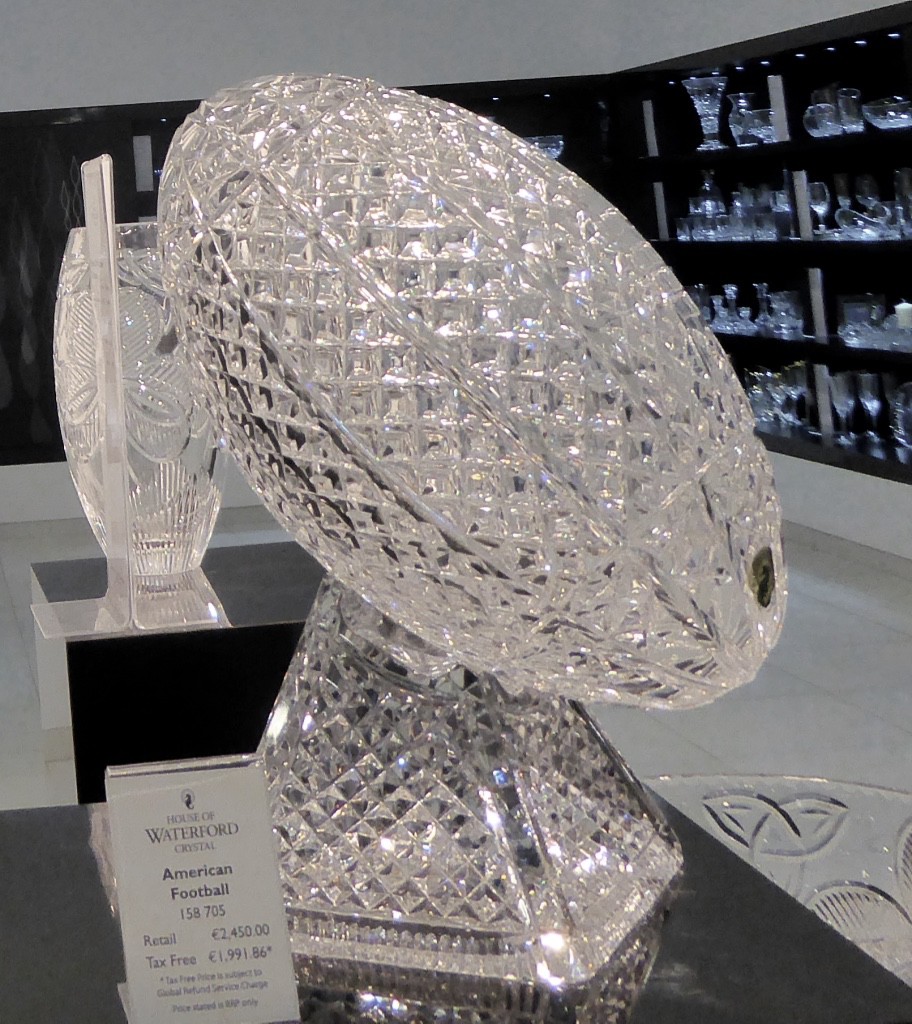
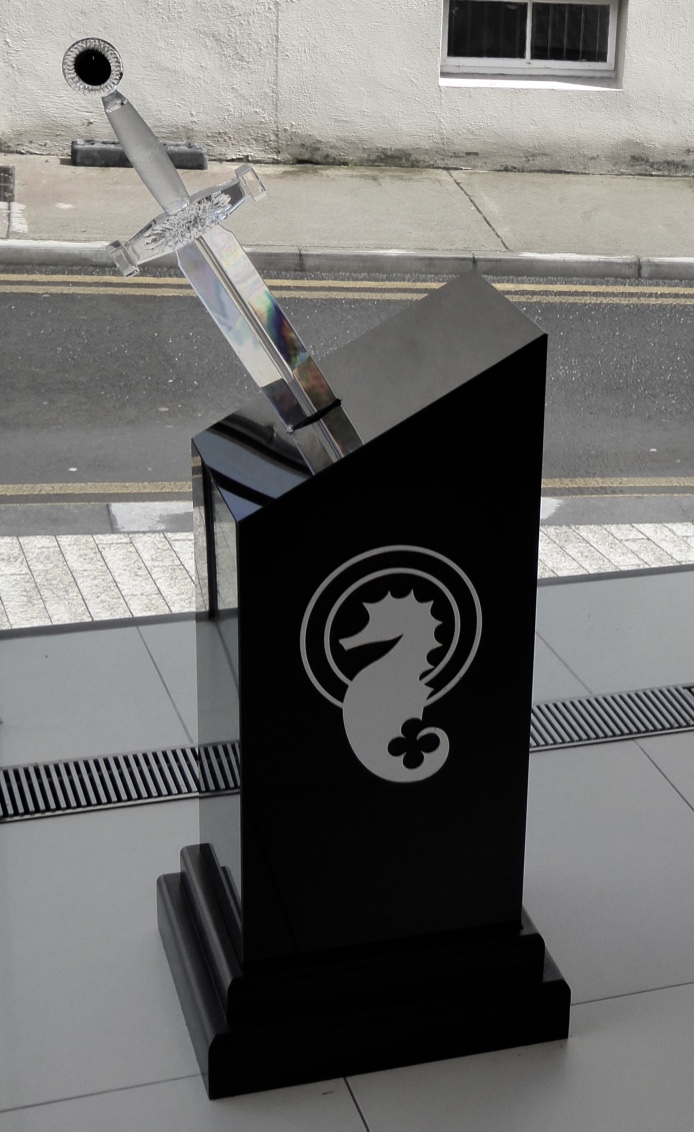

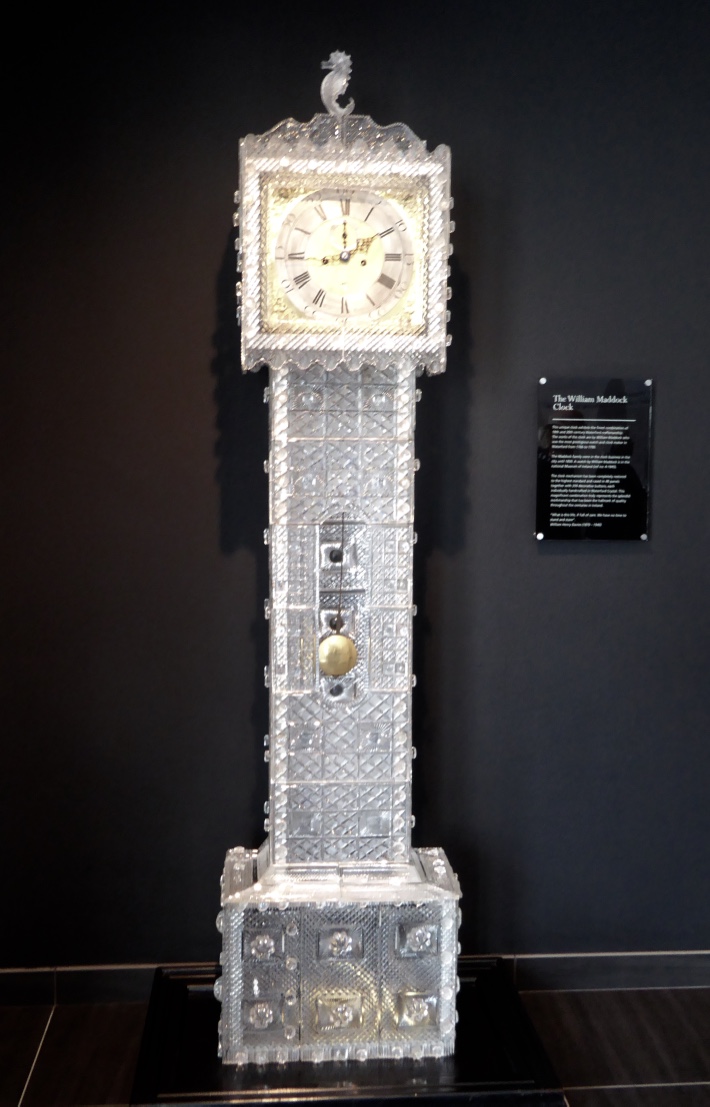
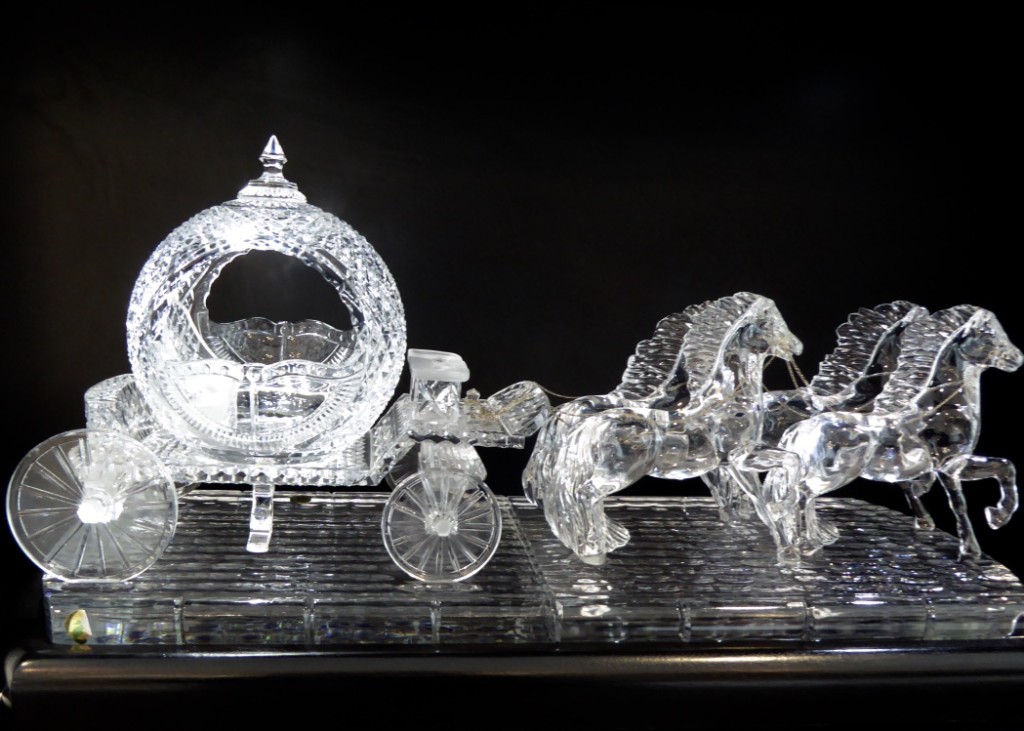
The men (and one woman) working there are all master craftsmen. To become a master craftsman you must complete a 5-year program as an apprentice craftsman, it then takes another 3 years apprenticeship to become a master, followed by another 2 years to become an engraver. It is a lifetime career and many of the men we met had worked there all their working lives, as had their fathers before them.
We watched craftsmen make the wooden molds for the unique trophies and the master craftsmen glass blowers make the bowls, the master craftsmen cutters (who must memorize over 200 patterns) and the master craftswoman engraver. Each discipline requires separate training and Waterford allows no flaws, if there is the slightest imperfection in a piece, despite the fact that 100s of hours of work has gone into it, it is smashed and the glass reused.

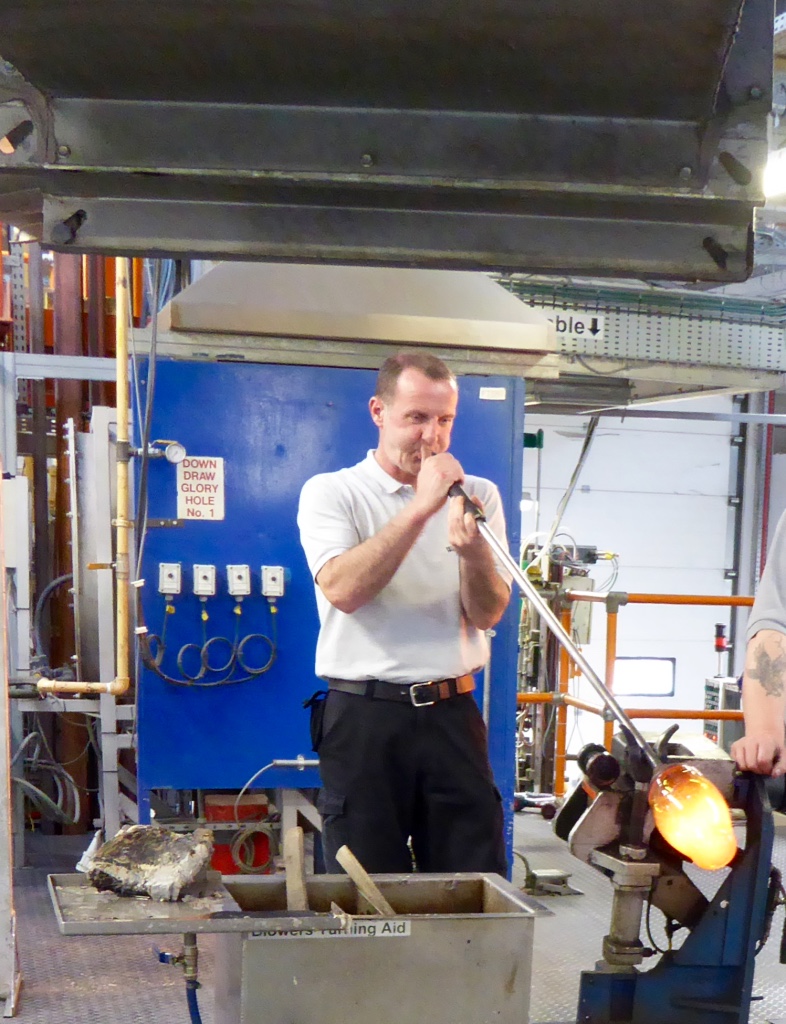
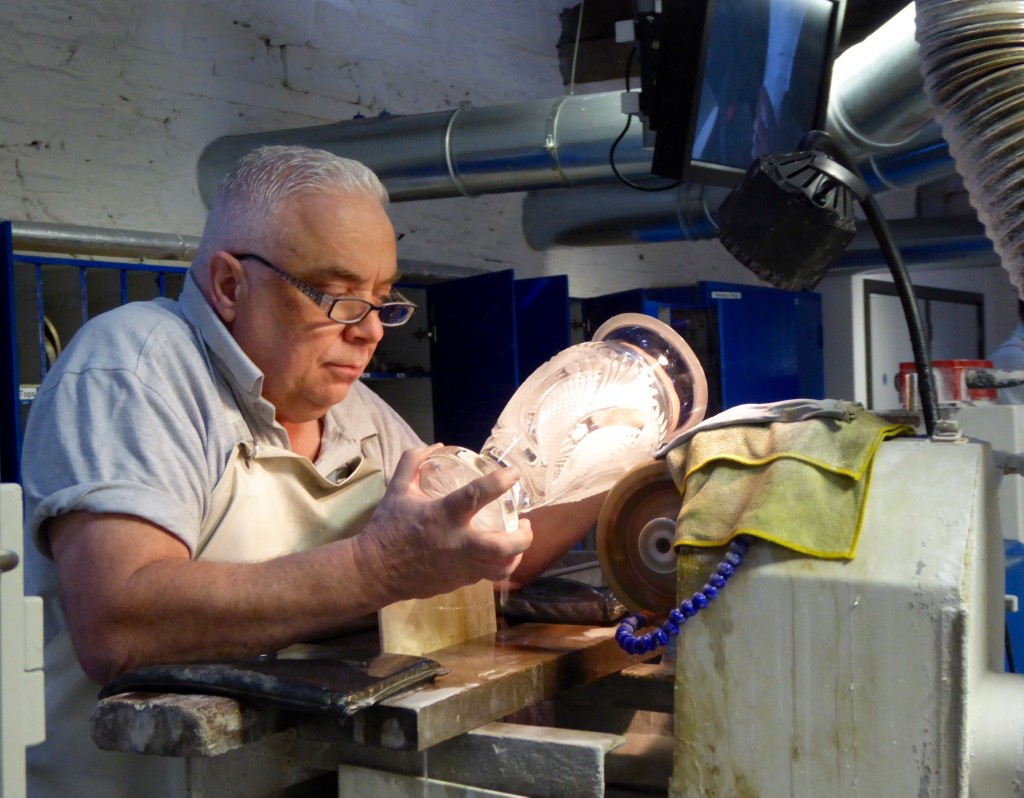
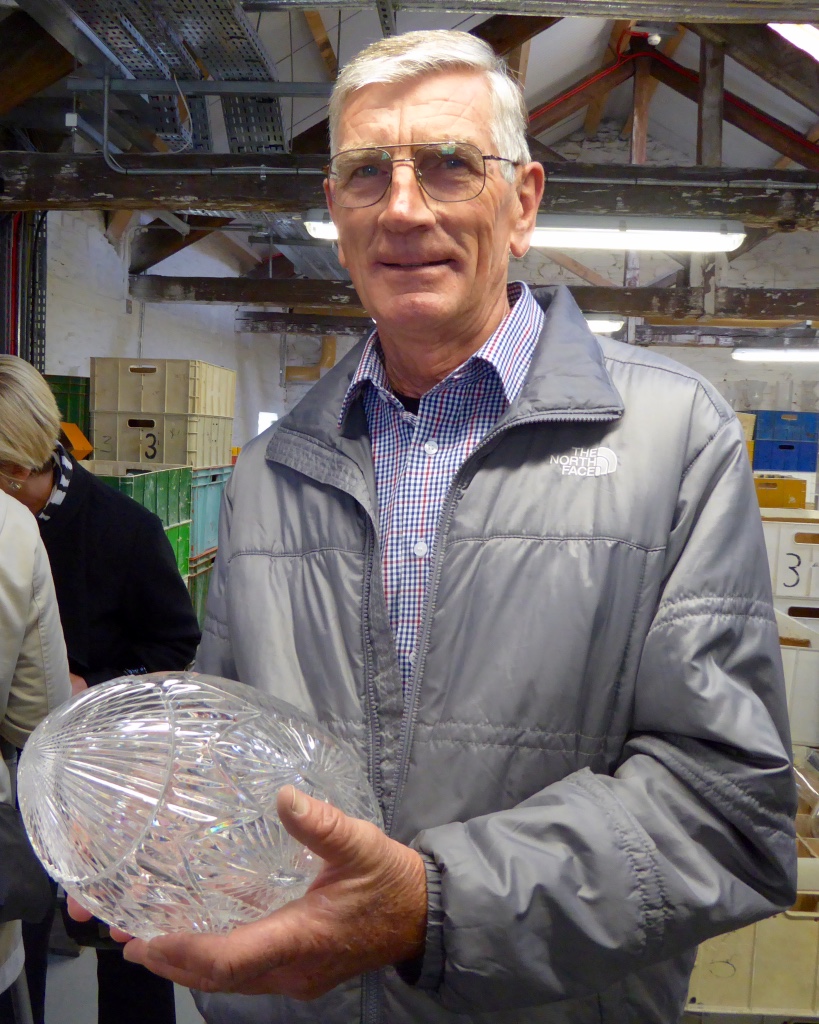
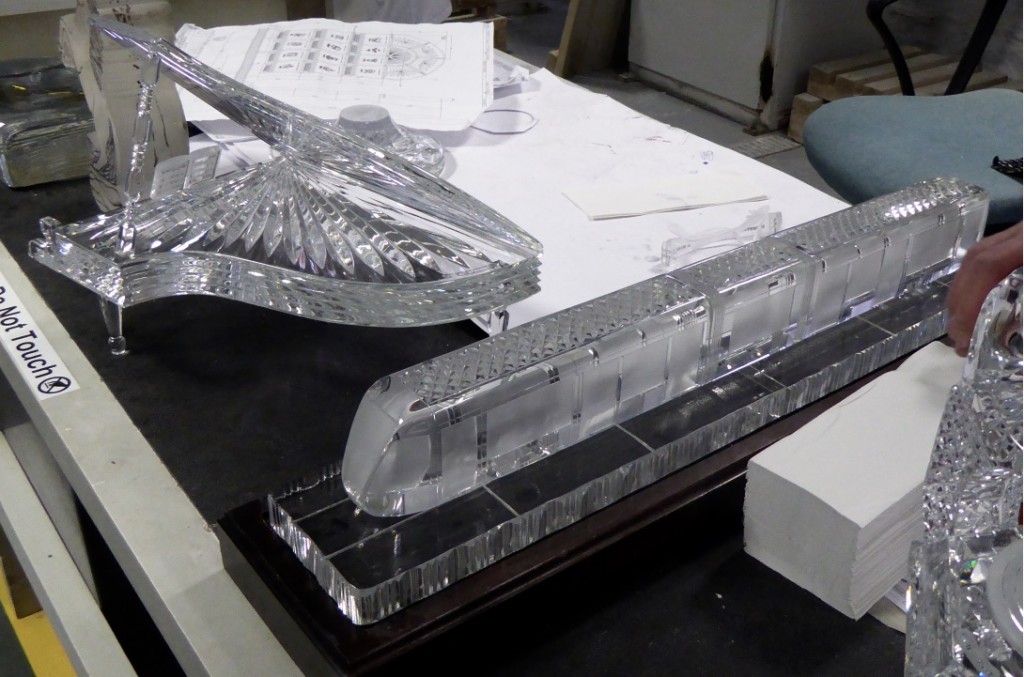
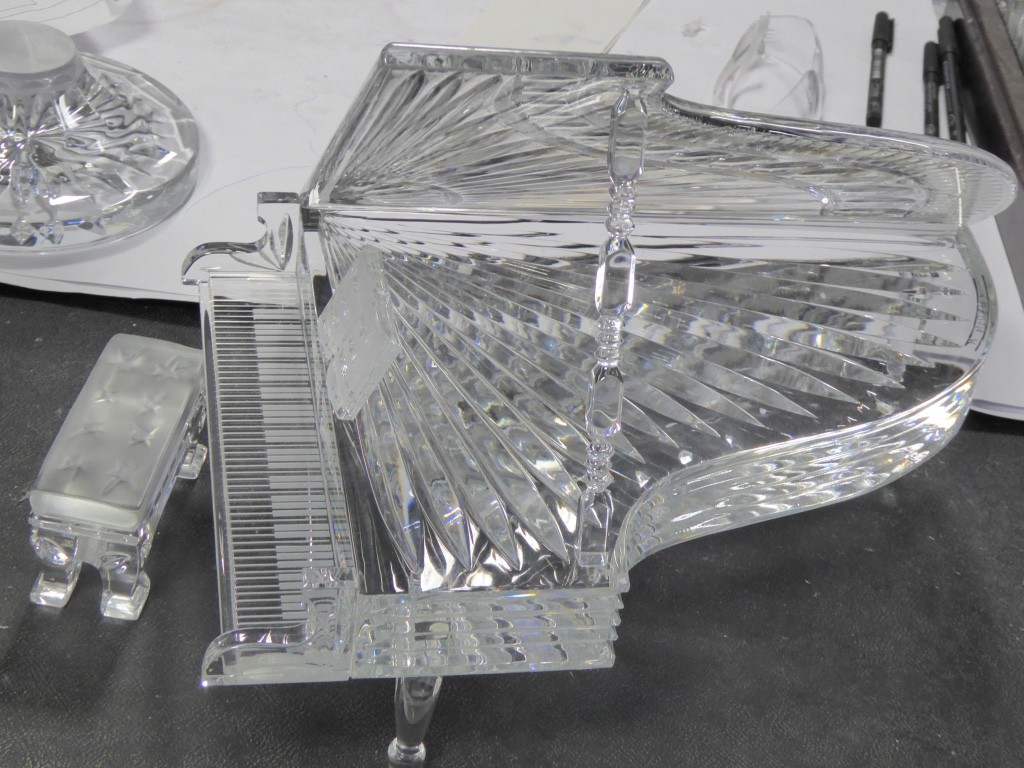
One of the most beautiful and moving things amongst many beautiful things was the piece depicting a compelling photo of New York Fire Department chaplain, Fr. Mychal Judge’s, body being carried out of the World Trade Centre rubble.
The sculpture was created by one of the Waterford artisans from broken glass in the recycle bin. It took him 200 hours and he did it as a tribute to the victims of 9/11. “I want people to see the pain on the faces of the firemen and police officers carrying Father Judge out,” he said. “At the same time, I want them to see the peace in Father Judge’s reflection. There is peace among death and destruction.”
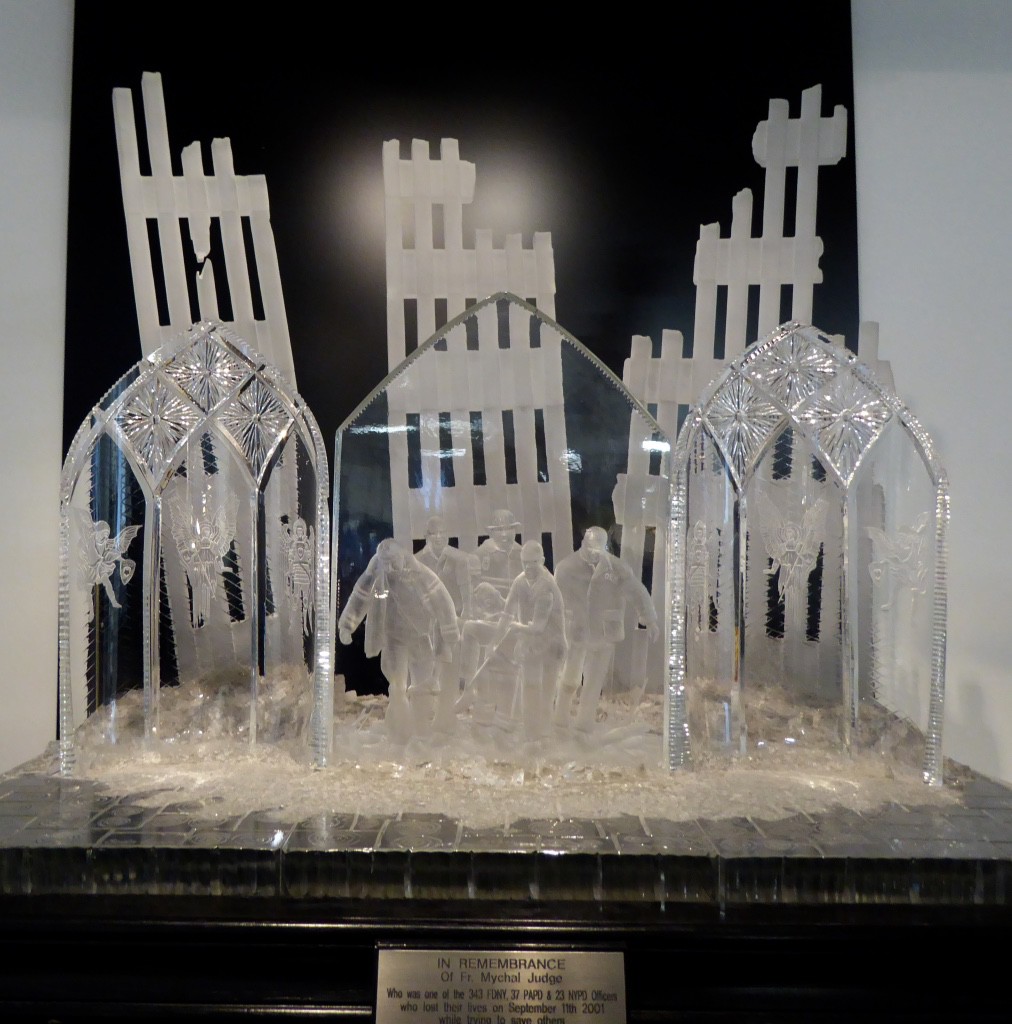
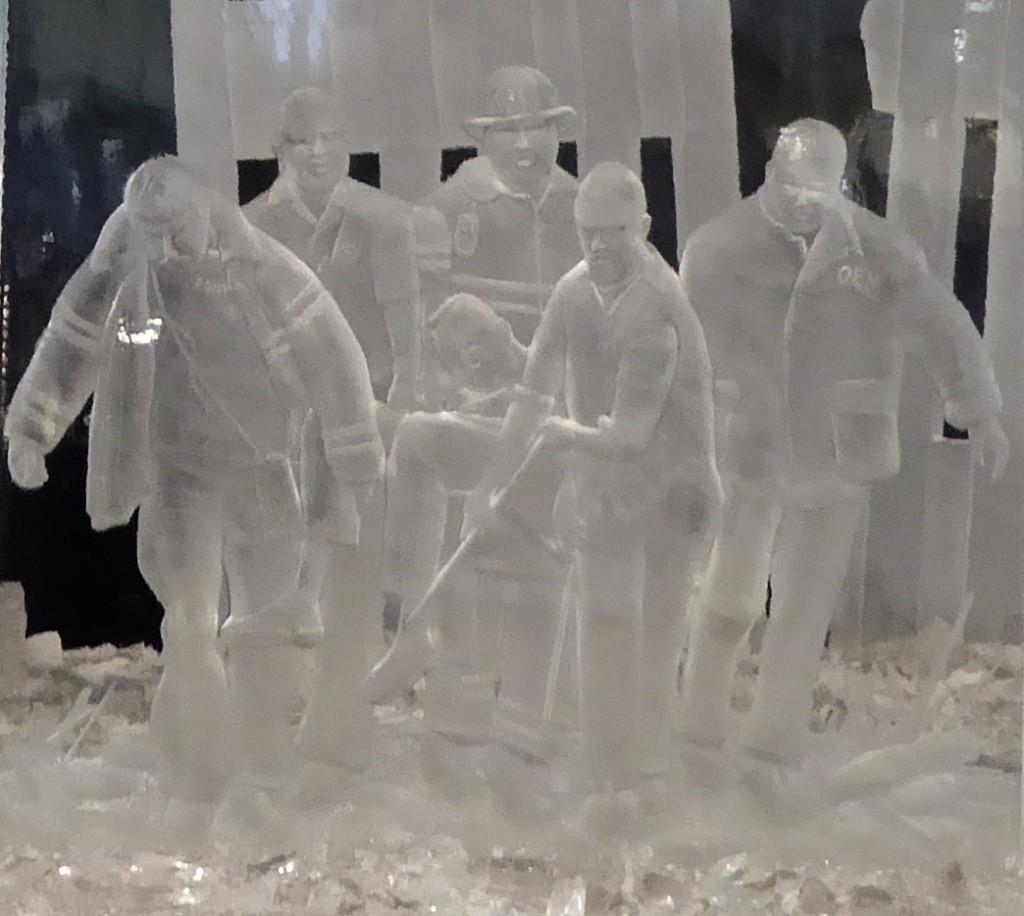
The 20 pound, 2-foot by 3-foot sculpture is valued at $75,000 and the original was accepted by the New York Fire Department on behalf of the Sept. 11 victims.
Leaving Waterford we drove down to Kilomena Gardens near the town of Wrexham. These are private gardens, which are open to the public at certain times. It was a very interesting garden with lots of quirky things but struggling, as it was out of the way and had no funding. Our visit wasn’t helped by the fact that it started to rain and hail just after we got there!
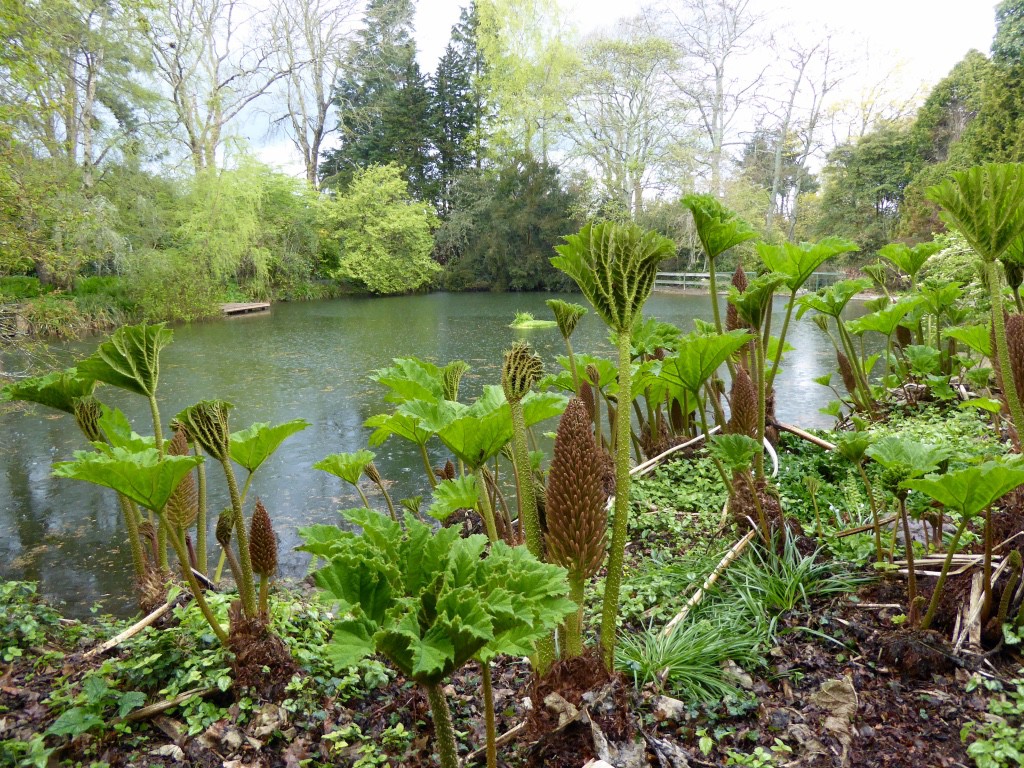
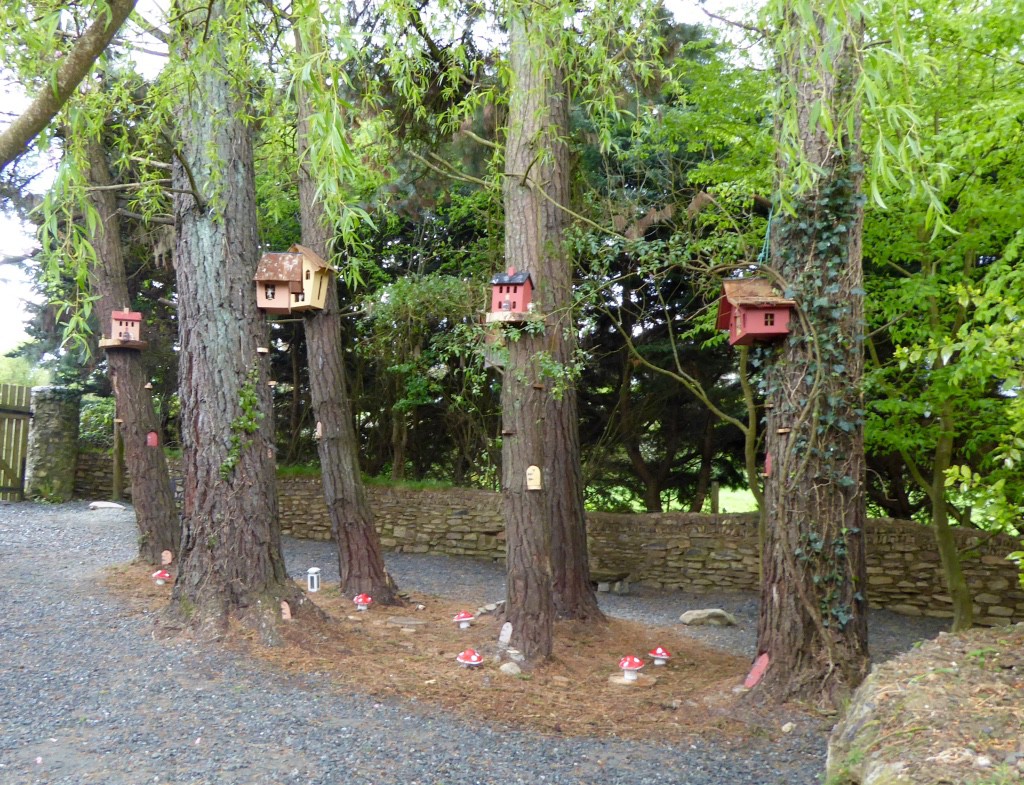
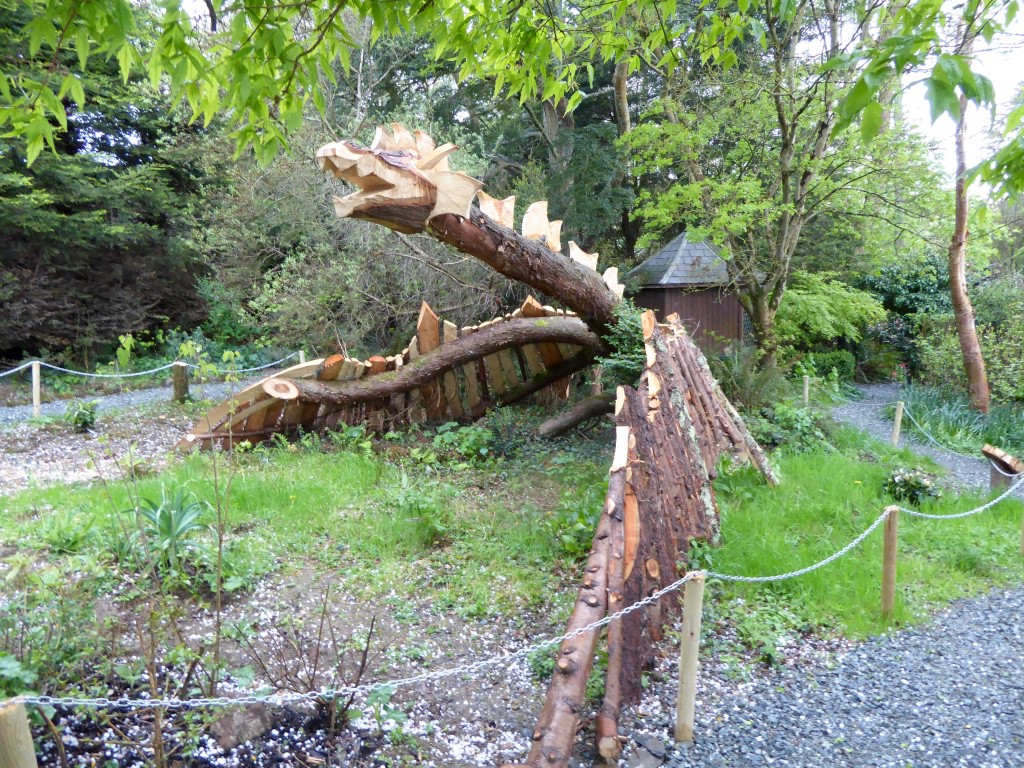
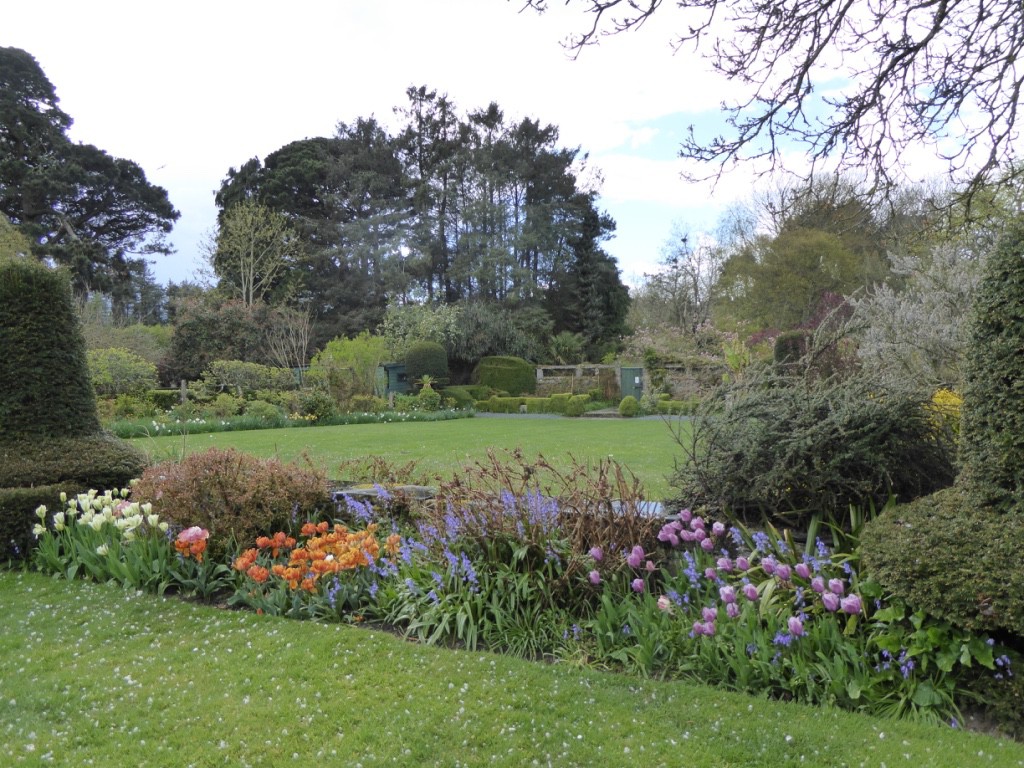
After about an hour we headed back up to Dublin for the night and the following morning, nice and early, we left Ireland on the Ulysses.
We arrived in the early afternoon in time to visit the world famous Bodnant Gardens. The gardens are superb and include formal gardens, ornamental ponds and pools, a formal herbaceous border, an enclosed laburnum arch and many rose gardens. It has an amazing collection of Magnolias, Camellias, Clematis and Hydrangea but is most famous for it breeding program, especially of varieties of Rhododendrons and Azaleas.
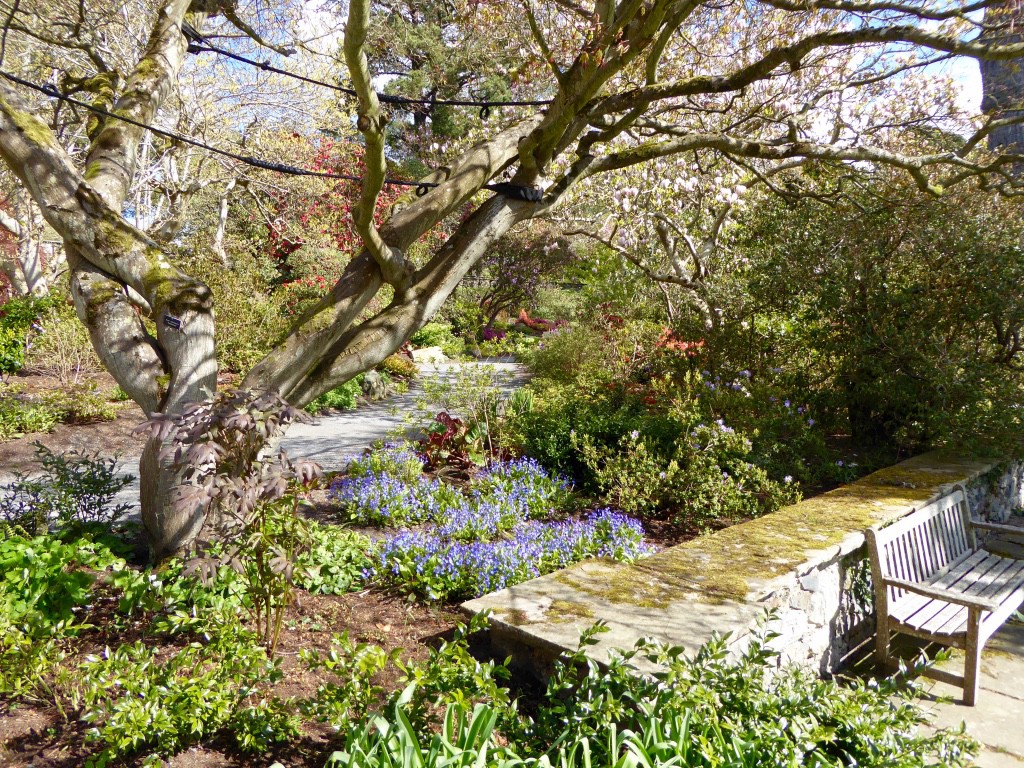
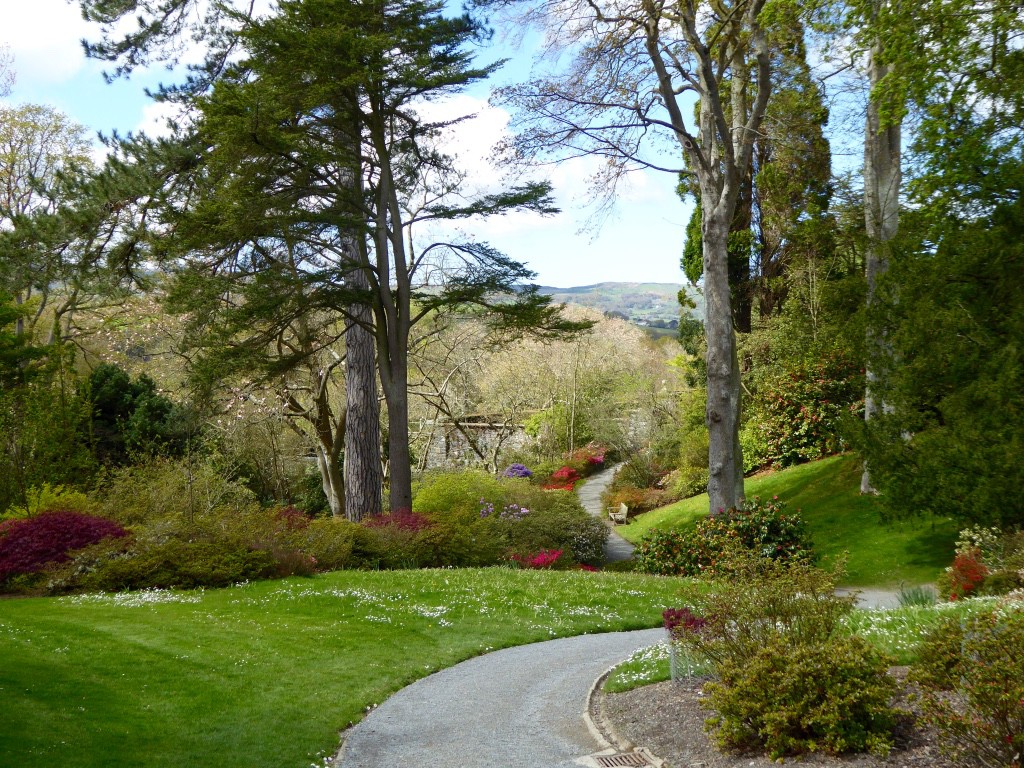

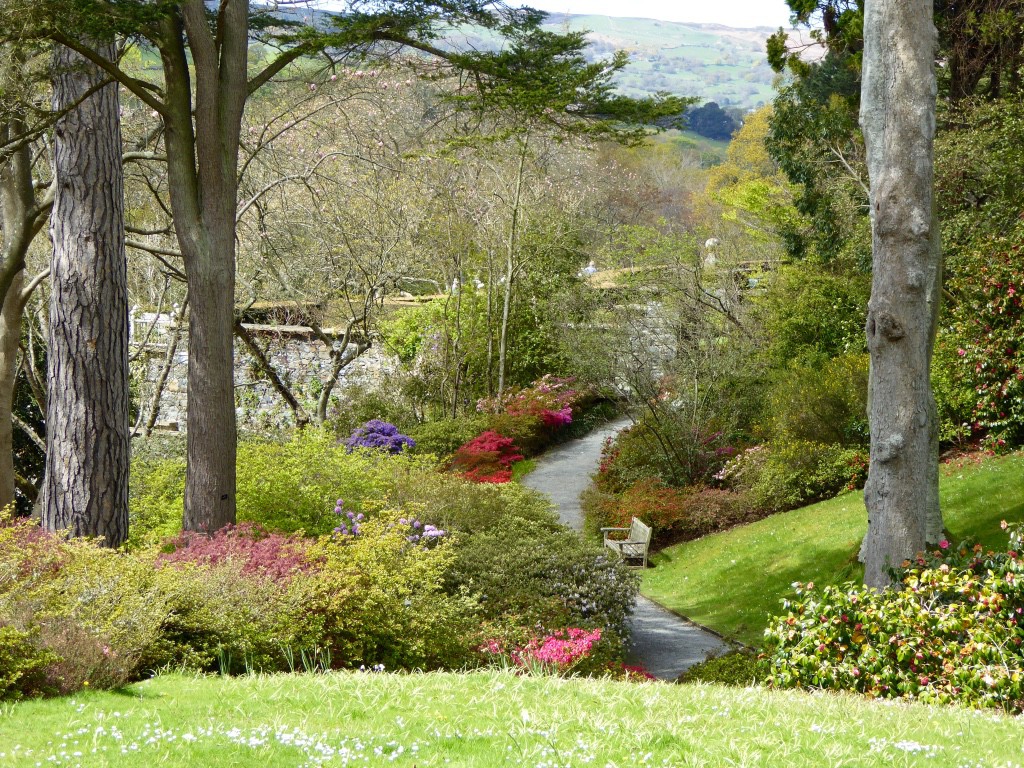
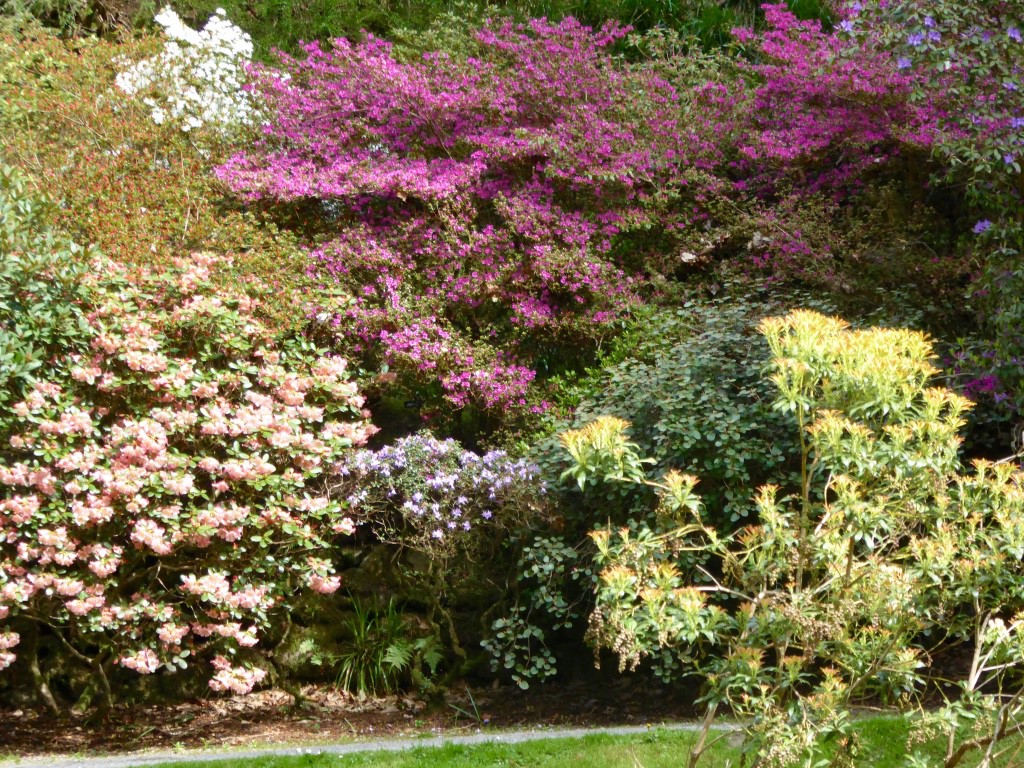
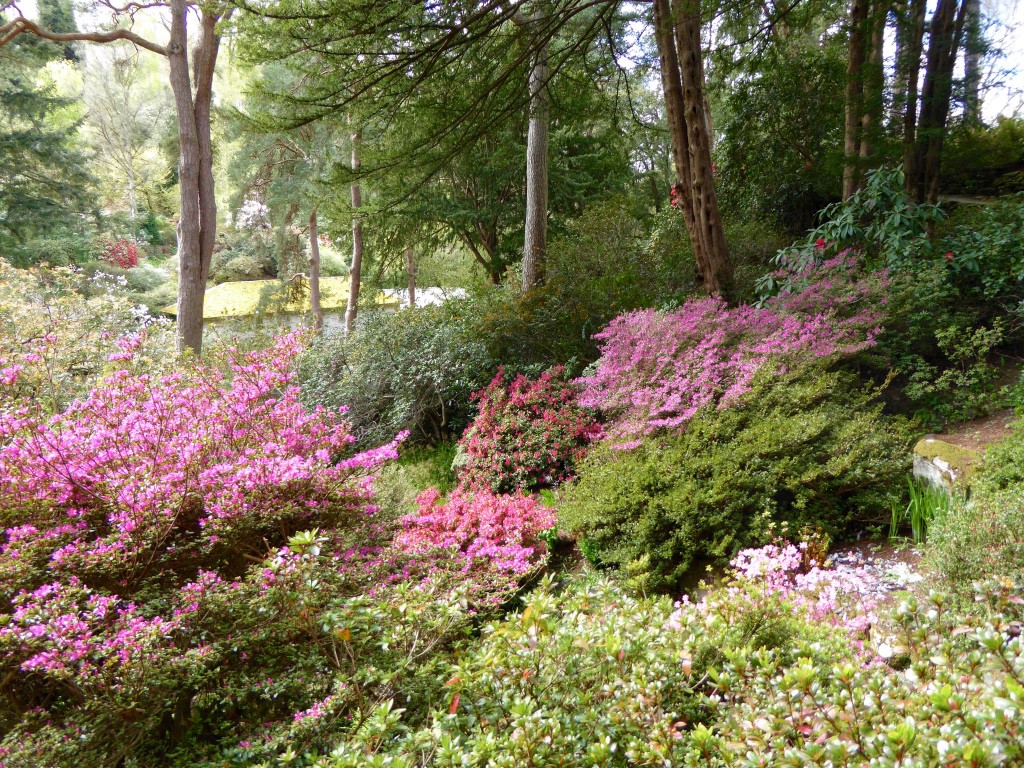
Dotted everywhere are arches and seats to sit and admire the view
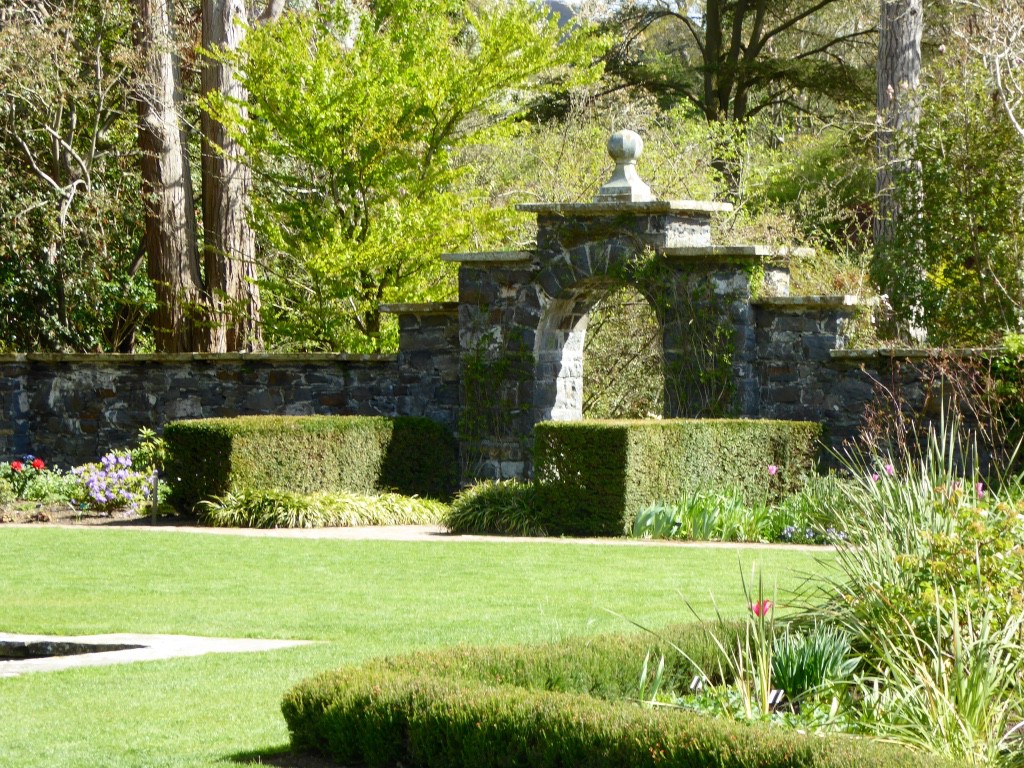
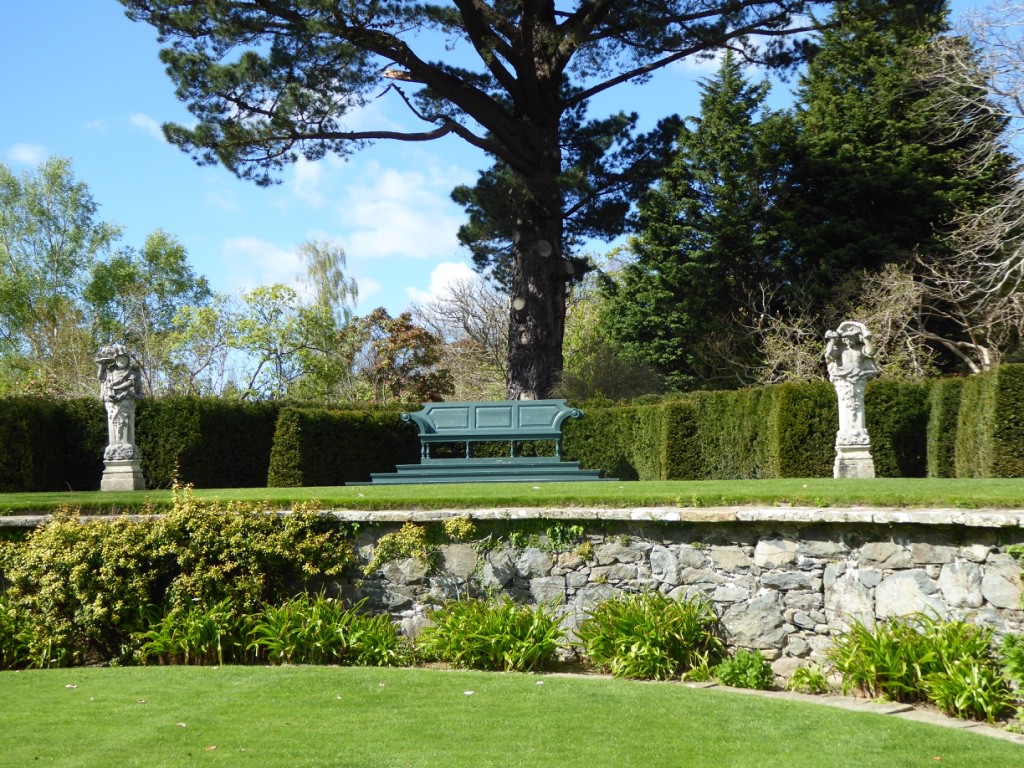
Begun in 1875, it is the creation of four generations of Aberconways and is divided into two parts: the upper level (around the house) features huge Italianate terraces, specimen trees and formal lawns,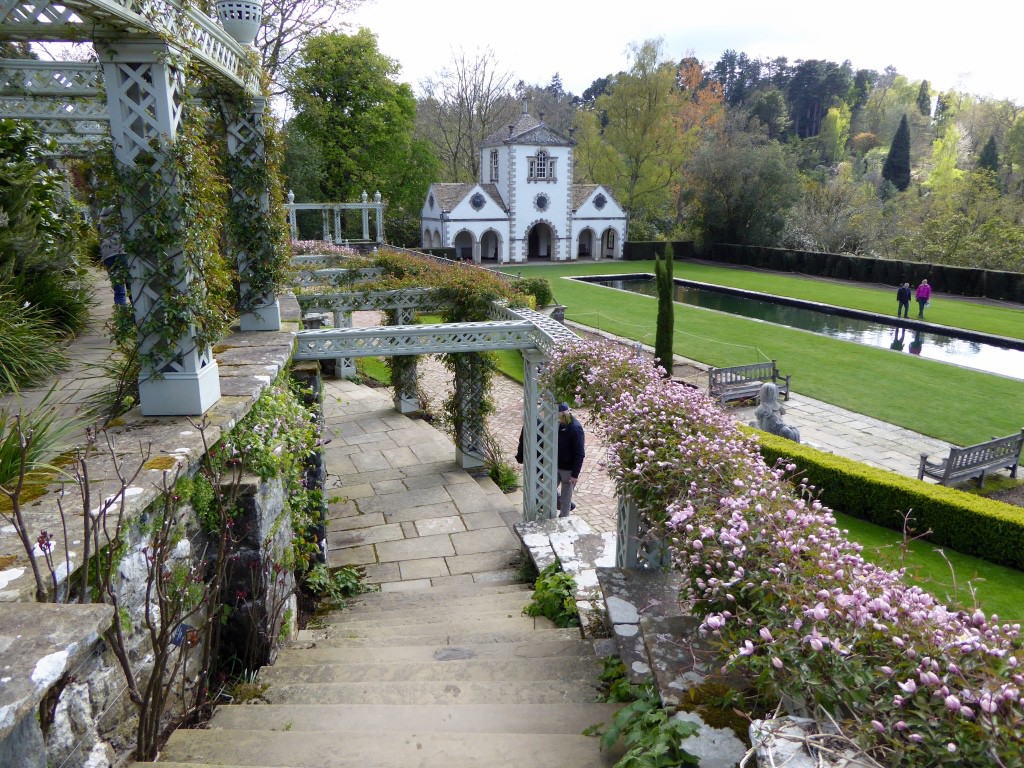
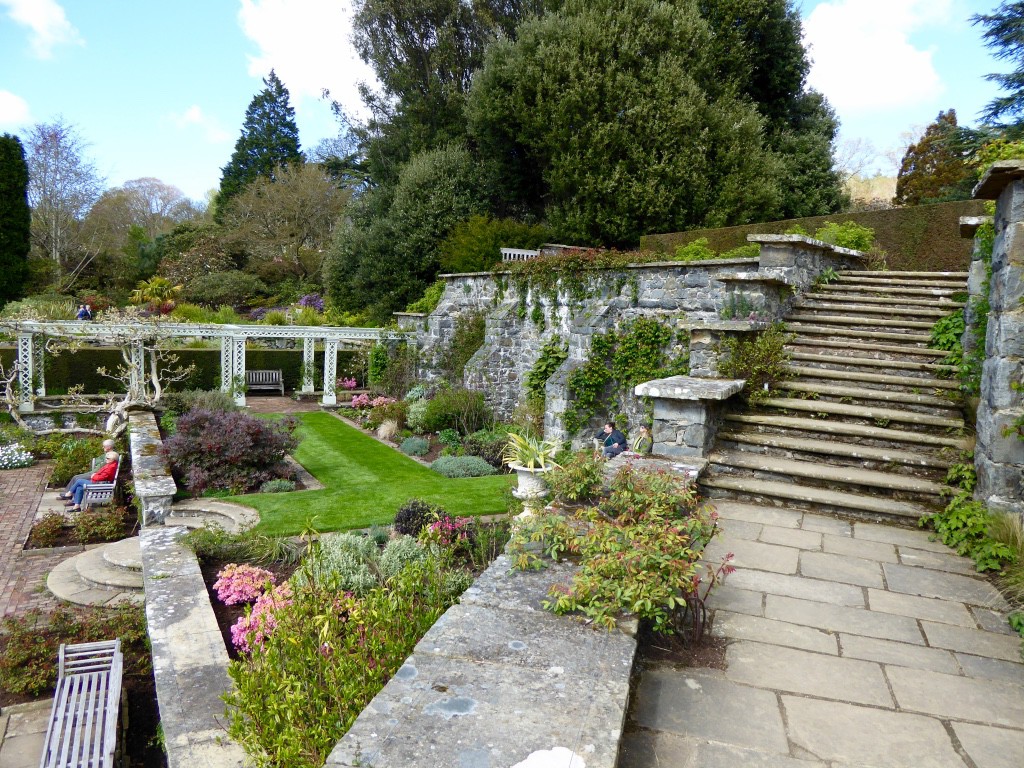
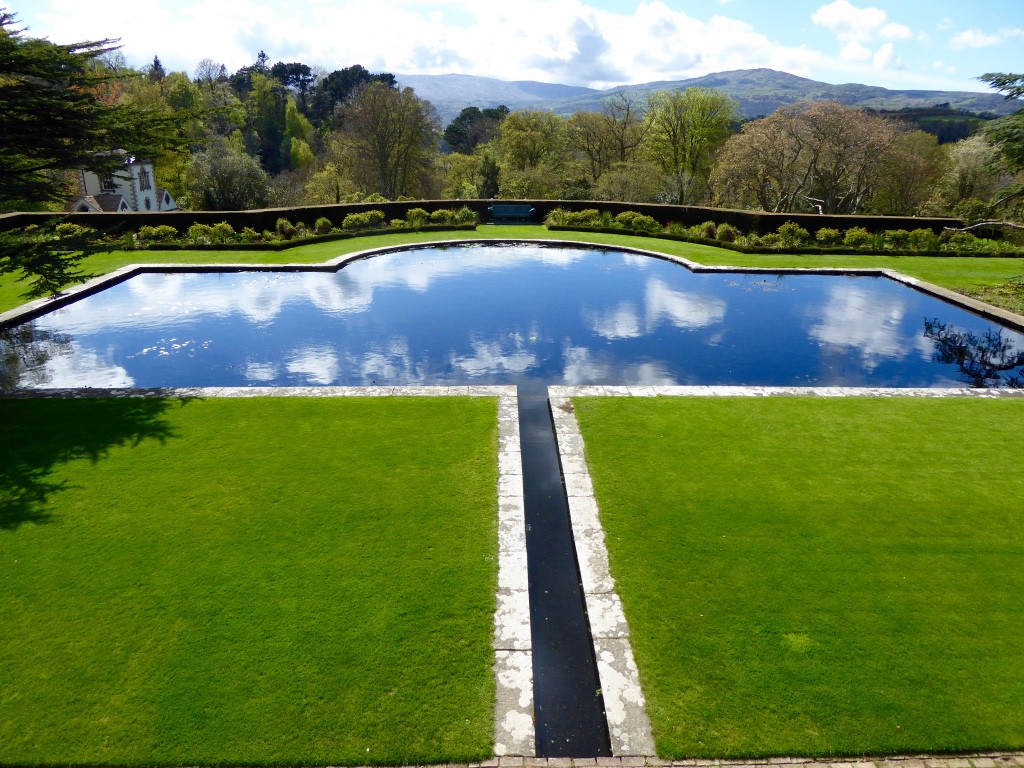

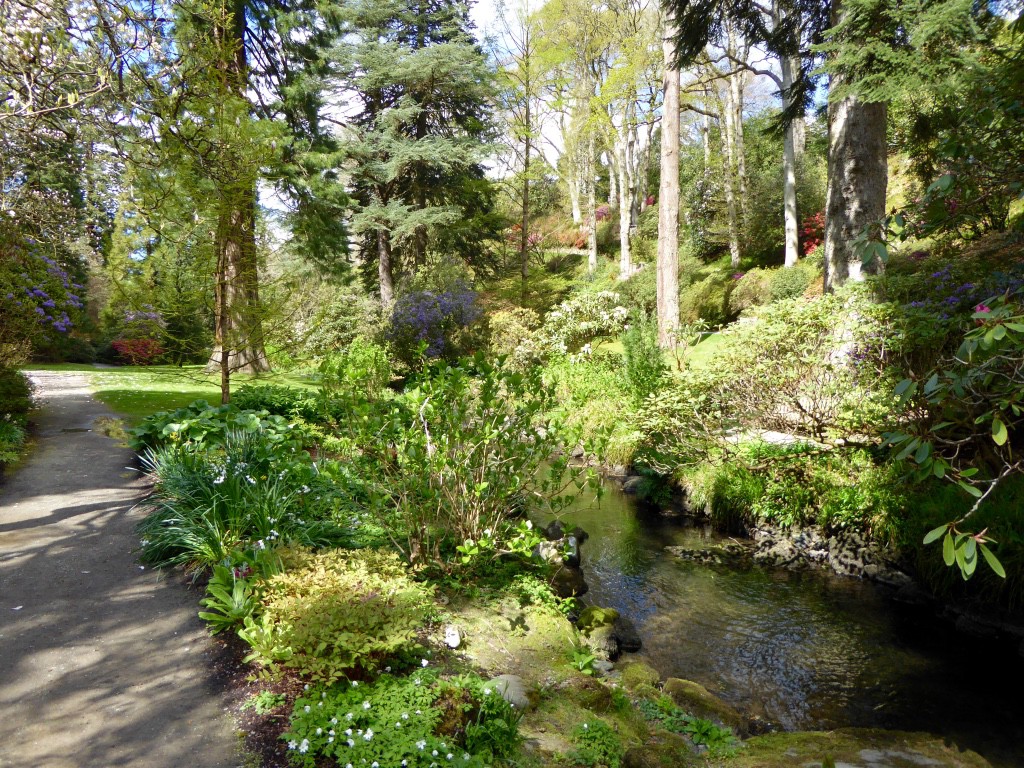
The garden, but not the House or other parts of the estate, was presented to the National Trust, with an endowment, in 1949. The House was the home of the late Lord Aberconway, and members of his family continue to be actively involved in the management of the garden, its tea pavilion and car parks on behalf of the National Trust.
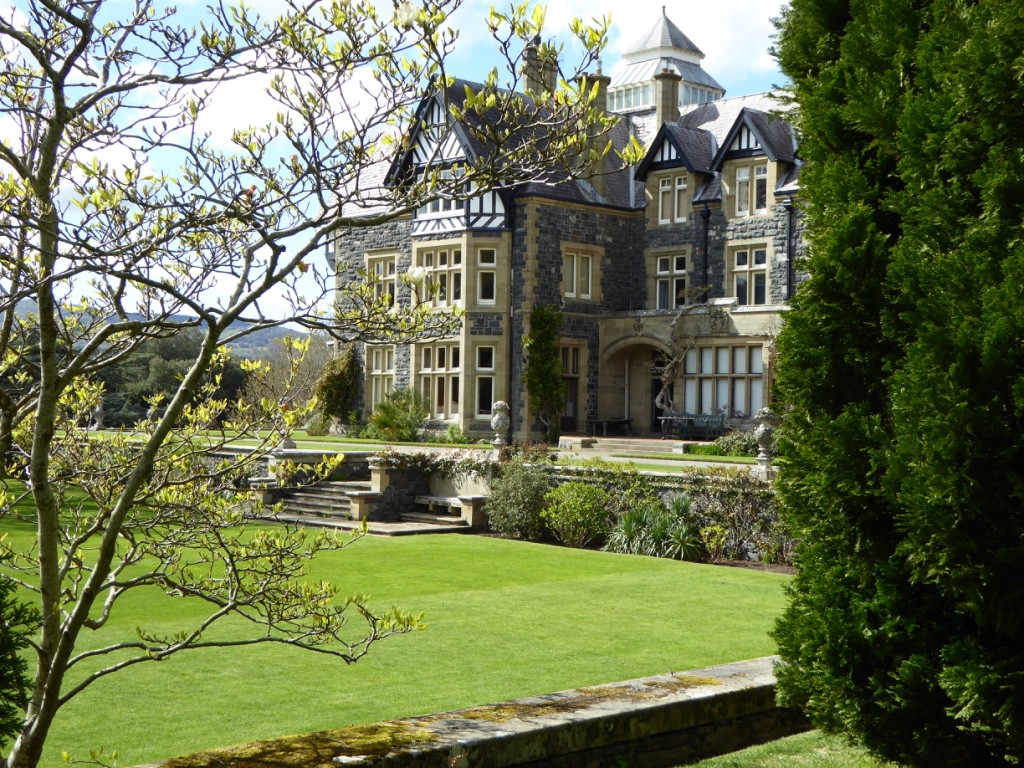
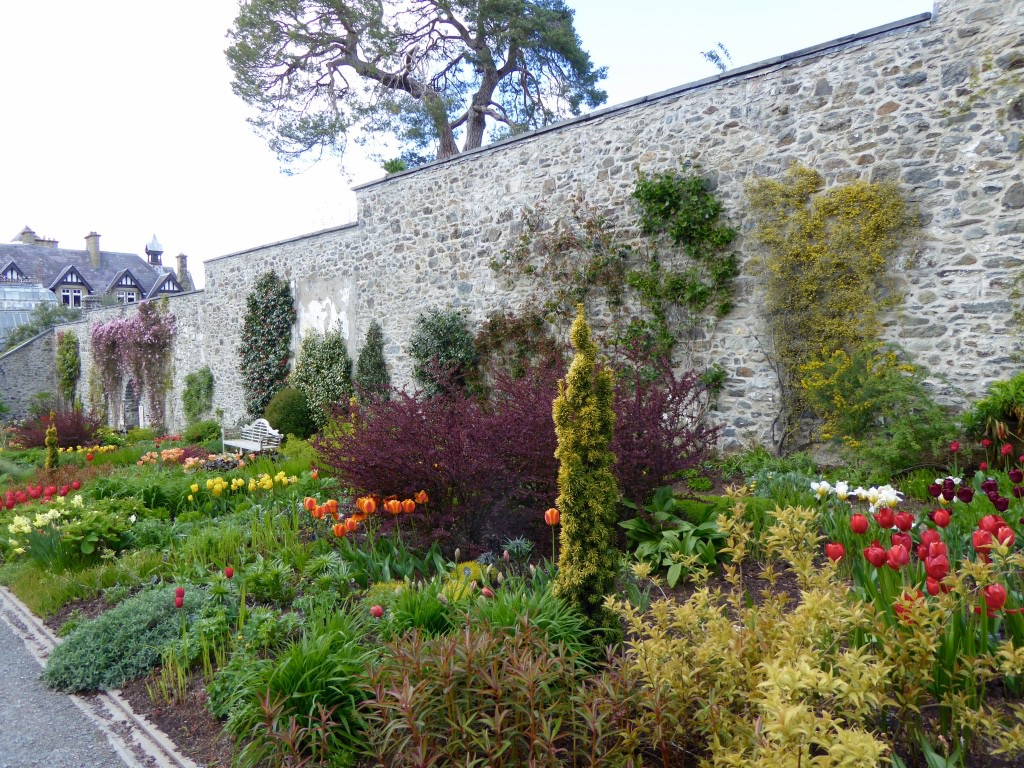
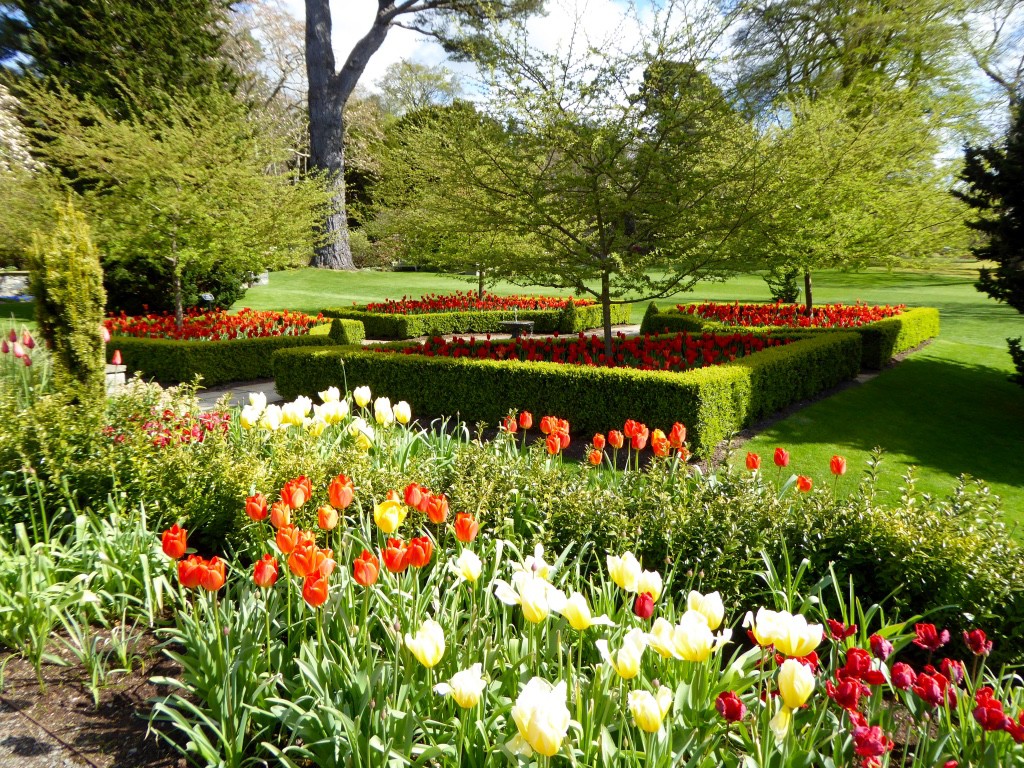
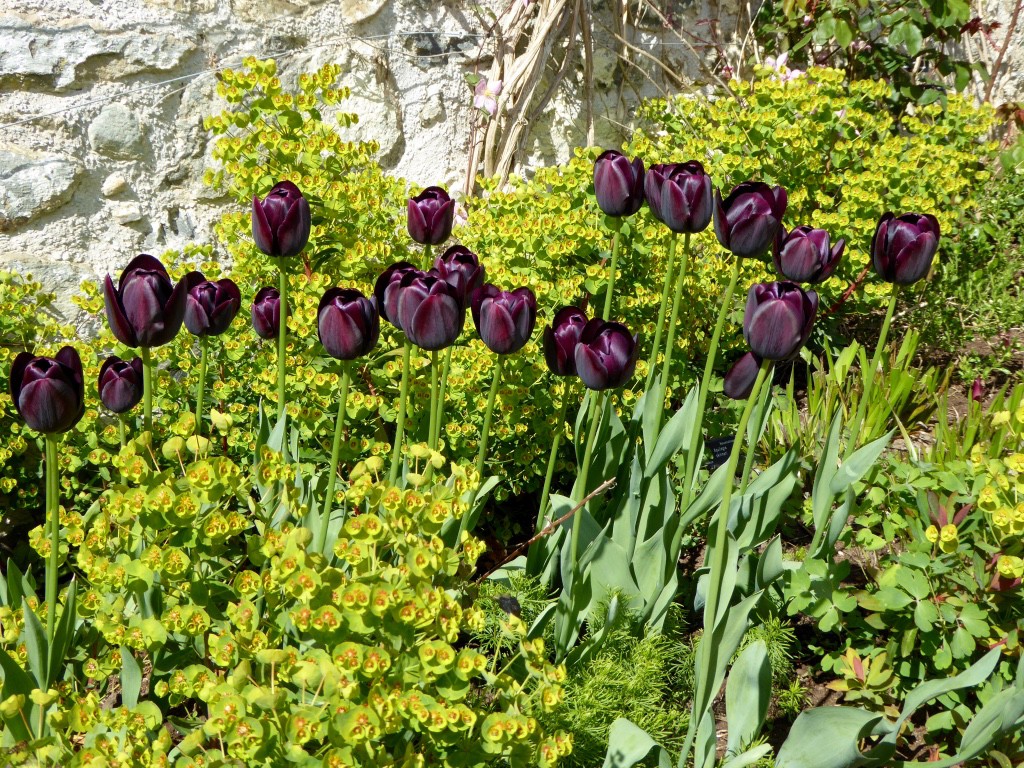
We spent a number of hours there and then it was on to Chirk. Part of the drive was through the Gwydir State Forest which was lovely. We stopped and checked out the Chirk Marina and got ourselves ready to go canal boating again!!